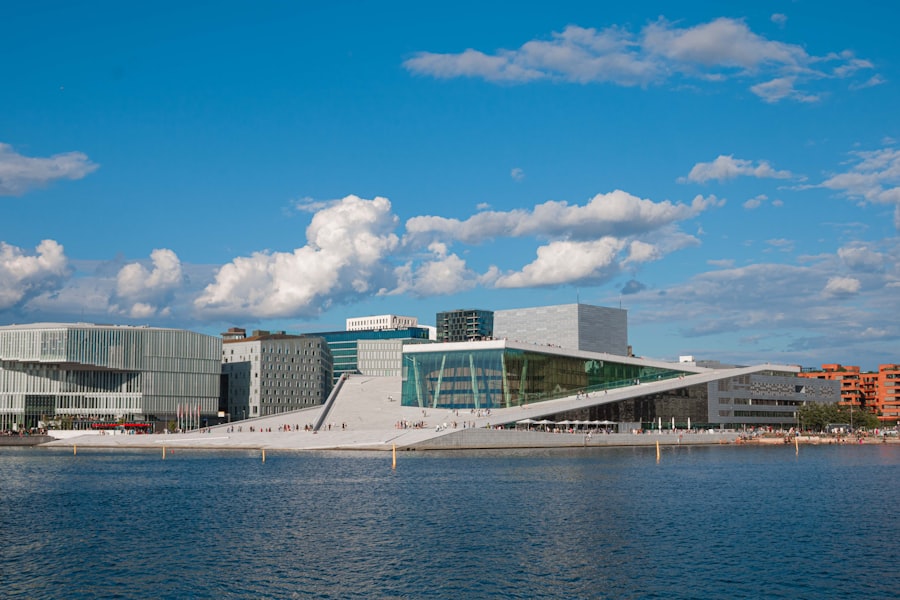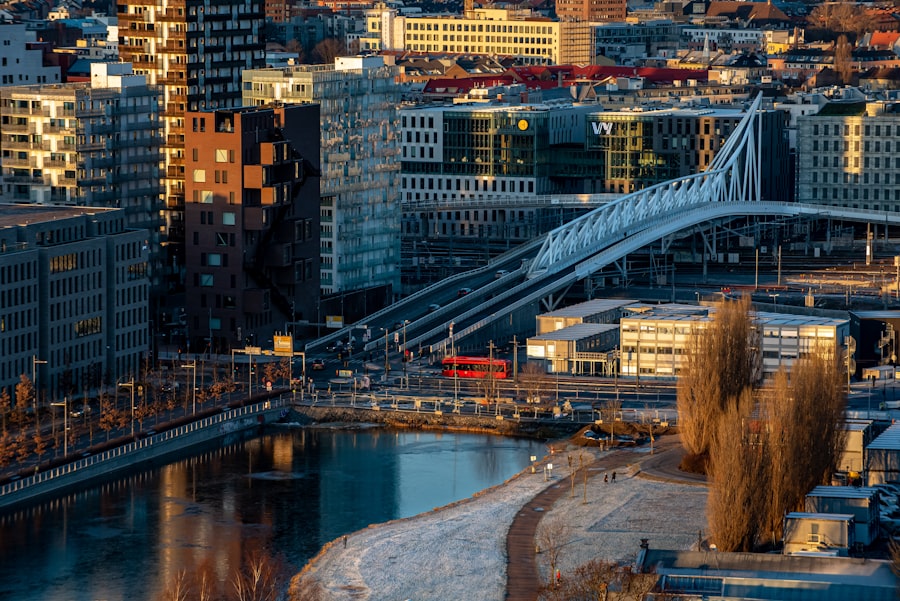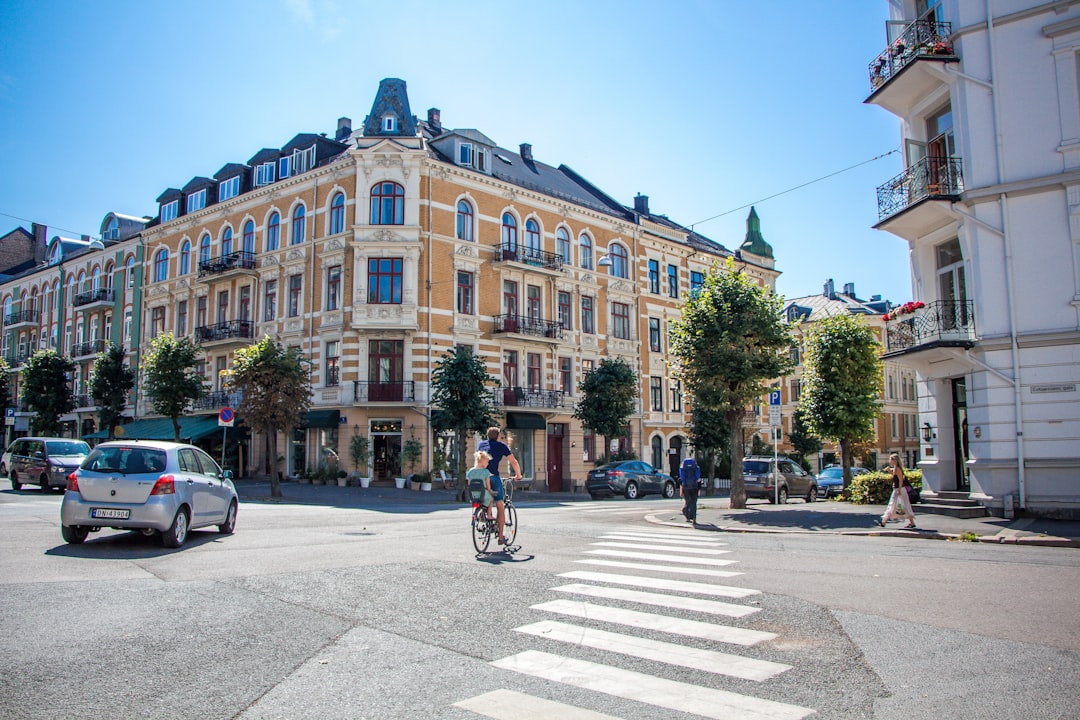Norway, a land of stunning fjords and majestic mountains, is equally rich in cultural heritage and traditions. The Norwegian calendar is peppered with holidays that reflect the country’s history, religious beliefs, and the changing seasons. Each celebration is steeped in unique customs that have been passed down through generations, showcasing the values and identity of the Norwegian people.
From the solemnity of Christmas to the exuberance of National Day, these holidays offer a glimpse into the heart of Norway and its people. The significance of these holidays extends beyond mere celebration; they serve as a means of fostering community spirit and preserving cultural identity. Many of these traditions are deeply rooted in Norway’s agrarian past, where seasonal changes dictated the rhythm of life.
Today, while modernity has transformed many aspects of daily living, the essence of these traditions remains intact, providing a sense of continuity and belonging. As we delve into the various holidays celebrated in Norway, we will uncover the rich tapestry of customs that define this Nordic nation. Take the first step. Book a consultation with the Norway Relocation Group for your move to Norway.
Summary
- Norwegian holidays and traditions are deeply rooted in both religious and cultural customs, making them a unique and fascinating experience.
- Christmas in Norway is a time for traditional celebrations, including the lighting of advent candles and the decorating of homes with festive ornaments.
- Easter in Norway is a blend of religious and cultural customs, with traditions such as skiing, egg painting, and the eating of traditional Easter foods.
- National Day in Norway is a time for Norwegians to celebrate their independence with parades, flag-waving, and traditional costumes known as bunads.
- Midsummer and St. John’s Day in Norway are celebrated with bonfires, dancing, and traditional foods, marking the arrival of summer.
Christmas in Norway: A Time for Tradition and Celebration
Christmas in Norway, known as “Jul,” is a time of warmth, family gatherings, and cherished traditions. The festive season begins with Advent, where families light candles and prepare for the arrival of Christmas. One of the most beloved customs is the decoration of the Christmas tree, which is often adorned with handmade ornaments, lights, and traditional Norwegian decorations such as straw figures.
The tree becomes a focal point for family celebrations, symbolising joy and togetherness. On Christmas Eve, families gather for a festive meal that typically includes ribbe (pork ribs), pinnekjøtt (dried lamb ribs), and an array of side dishes. After dinner, it is customary to exchange gifts, often accompanied by songs and laughter.
The evening culminates in the singing of carols and the reading of the Christmas story, reinforcing the holiday’s spiritual significance. The following day, Christmas Day, is reserved for relaxation and visiting friends and family, further emphasising the importance of community during this special time.
Easter in Norway: A Blend of Religious and Cultural Customs

Easter in Norway is a vibrant celebration that combines religious observance with unique cultural customs. The holiday begins with Lent, a period of reflection leading up to Easter Sunday. Many Norwegians observe this time by attending church services and participating in various religious activities.
However, Easter is also marked by a distinct cultural flair that sets it apart from other countries. One of the most notable traditions is the practice of “påskekrim,” or Easter crime stories. During this time, Norwegians indulge in reading crime novels or watching mystery films, often leading to a surge in sales for this genre.
This quirky custom has become synonymous with Easter in Norway, showcasing the country’s love for storytelling. Additionally, families often engage in outdoor activities such as skiing or hiking during the long Easter weekend, taking advantage of the spring weather while enjoying quality time together.
National Day: How Norwegians Celebrate Their Independence
May 17th marks Norway’s National Day, a celebration of the country’s constitution and independence. This day is characterised by exuberant parades, traditional costumes known as “bunad,” and a palpable sense of national pride. The festivities begin early in the morning with children’s parades across towns and cities, where schoolchildren march proudly waving flags and singing patriotic songs.
The day is not only about celebrating independence but also about honouring Norway’s rich cultural heritage. Many participants don their bunad, which varies by region and reflects local traditions. The sight of thousands dressed in these colourful outfits creates a vibrant tapestry that showcases Norway’s diversity.
Families gather for picnics and festive meals, often featuring traditional dishes such as hot dogs and ice cream. The atmosphere is one of joy and unity as Norwegians come together to celebrate their shared history and values.
Midsummer, or “Sankthans,” is celebrated on June 23rd in Norway and marks the summer solstice. This festival is steeped in ancient traditions that honour the sun’s return and celebrate fertility and abundance. One of the most iconic customs associated with Midsummer is the lighting of bonfires, which are believed to ward off evil spirits and bring good fortune.
Communities gather around these bonfires to enjoy music, dance, and traditional foods. It is common for people to sing folk songs and engage in various games that foster camaraderie among participants. The celebration often extends into the night as revelers enjoy the midnight sun—a phenomenon unique to Norway during summer months—creating an enchanting atmosphere filled with laughter and joy.
Sami National Day: Honouring Norway’s Indigenous People
Sami National Day is celebrated on February 6th each year to honour the indigenous Sami people of Norway and their rich cultural heritage. This day serves as a reminder of the unique traditions, languages, and lifestyles that have shaped Sami identity over centuries. Celebrations take place across Norway, particularly in areas with significant Sami populations.
The festivities include traditional music, dance performances, and exhibitions showcasing Sami art and crafts. One of the highlights is the display of traditional Sami clothing known as “gákti,” which varies by region and signifies cultural pride. Educational events are also organised to raise awareness about Sami history and contemporary issues faced by indigenous communities.
This day not only celebrates Sami culture but also promotes understanding and respect for diversity within Norwegian society.
New Year’s Eve: Ringing in the New Year the Norwegian Way

New Year’s Eve in Norway is a time for reflection and celebration as people bid farewell to the old year while welcoming new beginnings. The evening typically begins with family gatherings where sumptuous meals are served, often featuring seafood delicacies such as shrimp or crab. As midnight approaches, excitement builds as friends and family prepare to toast to the new year.
Fireworks play a significant role in New Year’s celebrations across Norway. Cities are illuminated with spectacular displays that light up the night sky, creating a magical atmosphere. Many Norwegians also partake in outdoor festivities, gathering at public squares or parks to enjoy music and dance under the stars.
As the clock strikes midnight, cheers erupt as people exchange wishes for health and happiness in the coming year.
May 17th: Understanding Norway’s Constitution Day
May 17th holds immense significance for Norwegians as it commemorates the signing of the constitution in 1814. This day represents not only independence from foreign rule but also a commitment to democracy and human rights. The celebrations are marked by a sense of national pride that resonates throughout the country.
The day begins with children’s parades featuring schoolchildren dressed in their bunad or national costumes. These parades are accompanied by marching bands playing traditional tunes that evoke feelings of nostalgia and patriotism. Families gather along parade routes to cheer on participants while enjoying festive treats such as ice cream and hot dogs.
The celebrations culminate in speeches from local leaders who reflect on Norway’s journey towards democracy and express hopes for a bright future.
Advent and Lucia Day: Preparing for Christmas in Norway
Advent marks the beginning of the Christmas season in Norway, a time filled with anticipation and preparation for the festive celebrations ahead. The four Sundays leading up to Christmas are observed with candle lighting ceremonies that symbolise hope and light during the dark winter months. Many families create Advent wreaths adorned with four candles, lighting one each week while sharing stories or singing carols.
Lucia Day on December 13th further enhances this sense of anticipation as it celebrates Saint Lucia, who is associated with light amidst darkness. Schools often organise processions where children dress up as Lucia, wearing white gowns adorned with red sashes while carrying candles. This enchanting event brings communities together as they sing traditional songs celebrating light and hope during winter’s chill.
Traditional Norwegian Food and Drink: A Culinary Journey Through the Holidays
Norwegian holidays are not complete without indulging in traditional food and drink that reflect regional flavours and seasonal ingredients. Each celebration features unique culinary delights that have been cherished over generations. For instance, during Christmas, families often prepare ribbe (pork ribs) or pinnekjøtt (dried lamb ribs) served alongside rich gravies and hearty root vegetables.
Easter brings its own culinary traditions with dishes like lammefrikassé (lamb stew) served alongside fresh spring vegetables. Additionally, sweet treats such as “påskekrim” cakes—decorated with crime-themed designs—are popular during this festive season. As summer approaches, Midsummer feasts feature fresh seafood caught from Norway’s pristine waters alongside seasonal berries that burst with flavour.
Folklore and Superstitions: Exploring the Mythology and Beliefs of Norwegian Holidays
Norwegian holidays are steeped in folklore and superstitions that add an intriguing layer to their celebrations. Many customs have roots in ancient beliefs tied to nature and seasonal changes. For instance, during Midsummer celebrations, it was believed that gathering flowers at dawn would bring good fortune throughout the year—a tradition still observed by many today.
Similarly, Christmas folklore includes tales of mischievous creatures like “Nisse,” who are said to protect farms during winter months but require offerings of porridge to ensure good luck for families. These stories not only enrich holiday experiences but also serve as reminders of Norway’s deep connection to its natural surroundings and cultural heritage. As we explore these diverse holidays celebrated across Norway, it becomes evident that each occasion offers an opportunity for connection—whether through shared meals or communal festivities—while honouring traditions that have shaped Norwegian identity over centuries.
For those looking to immerse themselves further into Norwegian culture through language learning, NLS Norwegian Language School in Oslo offers comprehensive courses tailored for all levels. Whether you are a beginner eager to learn basic phrases or an advanced learner seeking fluency, NLS provides an engaging environment where you can explore not just language but also cultural nuances tied to these vibrant celebrations. With experienced instructors guiding you through lessons infused with cultural context, your journey into understanding Norwegian traditions will be both enriching and enjoyable!
Learn more about the Norwegian classes at the NLS Norwegian Language School in Oslo

